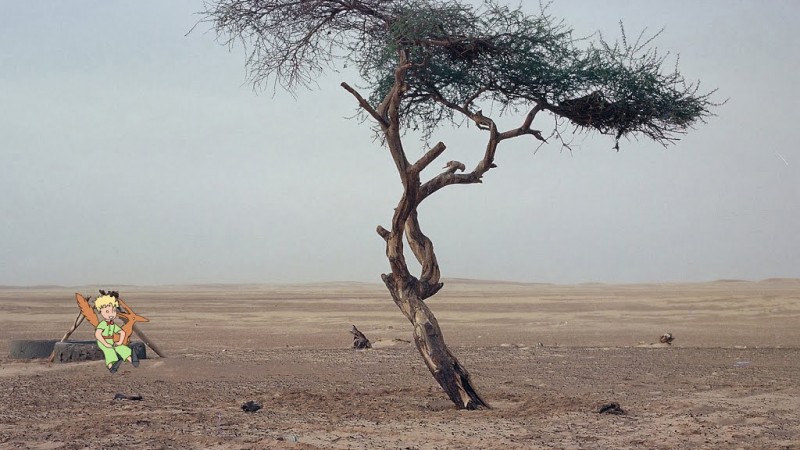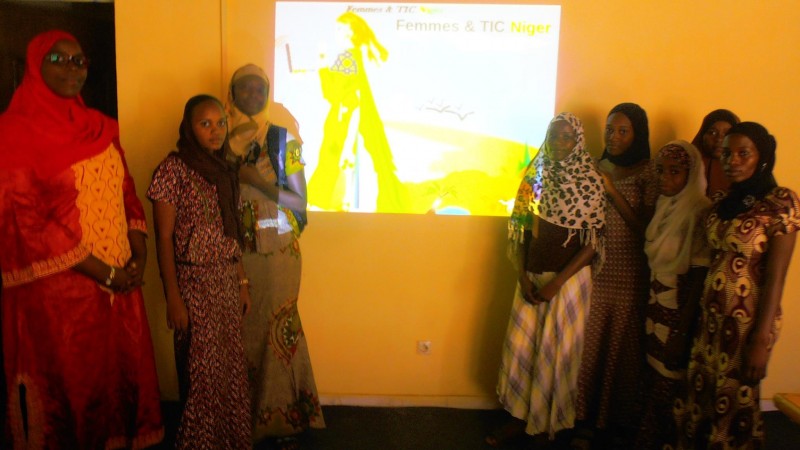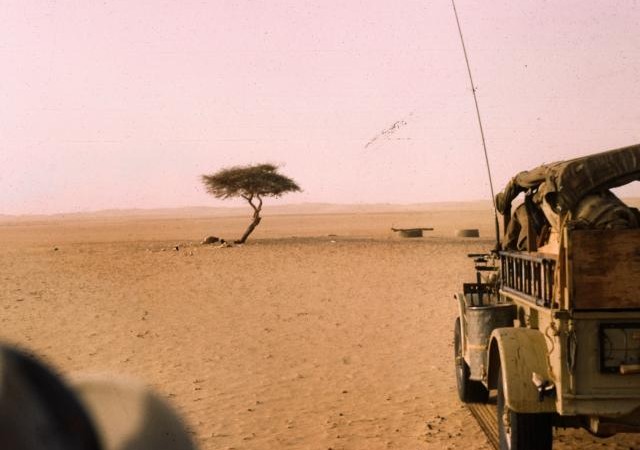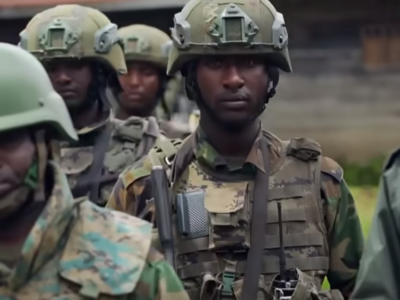The conflict with Boko Haram in southwest Niger currently monopolizes the country's news. On March 3, Boko Haram killed 19 civilians in an attack on two villages, Kiu Keleha and Toubu Buka, situated on the Nigerien banks of Lake Chad. In response, Nigerien armed forces have joined neighboring military groups to collaborate a counterattack on Boko Haram.
Despite these efforts, however, Niger's southwest remains isolated and vulnerable. A new initiative by Nigerien bloggers, Mapping for Niger, is helping to increase national awareness by mapping the country’s towns, revealing a side of Niger that many living there didn't know existed.
The East: an isolated region and home to the Little Prince
Just like the Tree of Ténéré (which was for a long time the most isolated tree in the world, until it was destroyed by a negligent driver), east Niger is partially isolated from the rest of the country. This isolation makes it more difficult to coordinate efforts to combat Boko Haram, exposing it to assaults by the rebels.
The history of the region, and more specifically the Tree of Ténéré, however, is quite unique.
The legendary Tree of Ténéré was an acacia, isolated in the middle of the desert, the only tree for 400 kilometers (250 miles) around. It was the only tree in the world to be so isolated, serving as a landmark for the caravan routes crossing the Sahel, but also inspired many poets, who fell in love with the desert, as shown in these videos by A. Décotte:
and B. Hofmans:
On Google Maps and Google Earth, the location of the Tree of Ténéré is marked by a stunning photo of the tree overlaid with a phrase from “The Little Prince” (shared by Pierre Destruel):

“The Little Prince is Back: What makes the desert beautiful is that somewhere it hides a well.” Photo composition by Pierre Destruel.
P. Destruel has added the following caption to explain the image he has made between the tree and The Little Prince, quoting a passage from the book by Antoine de Saint-Exupéry:
Look at it carefully so that you will be sure to recognise it in case you travel some day to the African desert. And, if you should come upon this spot, please do not hurry on. Wait for a time, exactly under the star. Then, if a little man appears who laughs, who has golden hair and who refuses to answer questions, you will know who he is. If this should happen, please comfort me. Send me word that he has come back.
The Project— Mapping for Niger
The Mapping for Niger project, helped by a grant from Rising Voices, aims to enrich the country’s maps with information that will enable the identification of various establishments and main roads throughout the country. This project is being run collectively by the geography department of the Abdou Moumouni University in Niamey, its students, Open Street Map, and Rising Voices. The project trains students and the rest of the team in the skills they need to participate in a collaborative open-source mapping project.
Armed with these news skills in mapping and citizen journalism, participants have been going out into the surrounding rural villages to map key sites, such as schools, roads, and hospitals. They have also used their skills to link the maps created directly with the needs of the local communities. On International Women’s Day, for example, the contribution of female participants was recognised and celebrated at a training workshop with the organisations ITECH CENTER, Fada Tech, and Femmes & Tic Niger (an association created by Fatima Alher, a member of the Mapping for Niger project):

OpenStreetMap Mapping workshop with Femmes & TIC Niger (created by Fatima Alher), via Mapping for Niger on Facebook.
So far, the project has helped improve and enrich maps of Madaoua, Niamey, Dosso, Zinder, Kolmane, and Guidan Toudo. The project will also expand gradually to other regions of Niger. Other organisations, such as Search for Common Ground, will collaborate with these initiatives to strengthen the communities in vulnerable areas. Although this is still an informal collaboration, Search for Common Ground is involved in several other important projects, including efforts to strengthen social cohesion and advance the peace process, particularly among young people of Zinder:
We succeeded in training 172 youth, including more than 40 young women. Participants came from various socioeconomic backgrounds, ranging from university students to illiterate gang members, and were of different ethnicities, ages, and institutional affiliations. Another 806 young people, 10% of them women, shared their thoughts on new concepts and discovered how to apply them in their own context. After our training, a reformed gang leader requested an extra restitution session for the students of a vocational school in Zinder.









2 comments